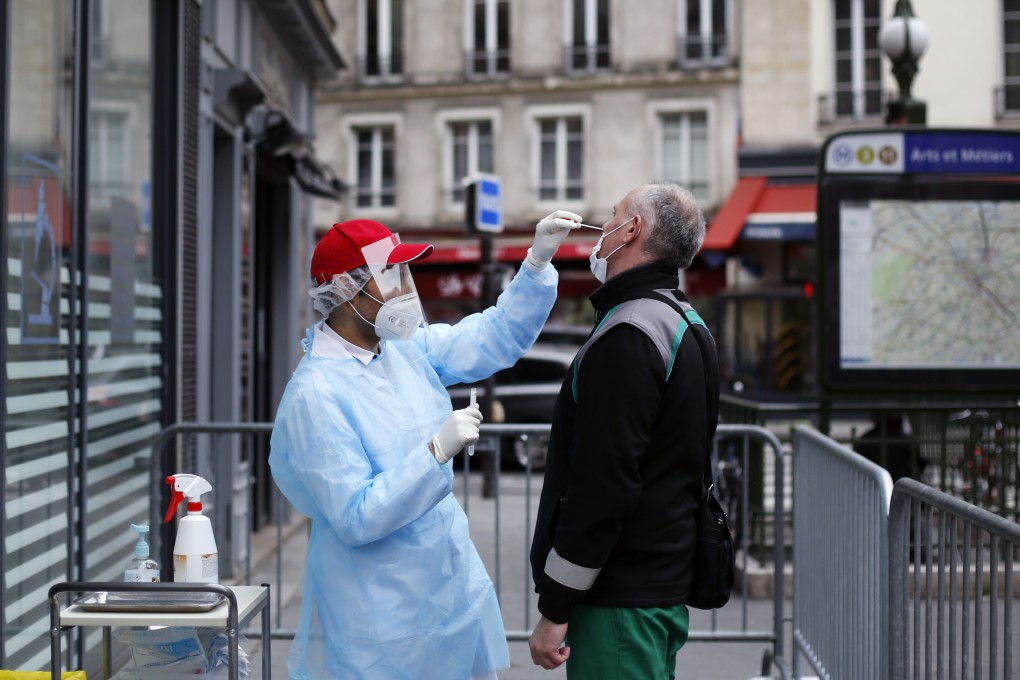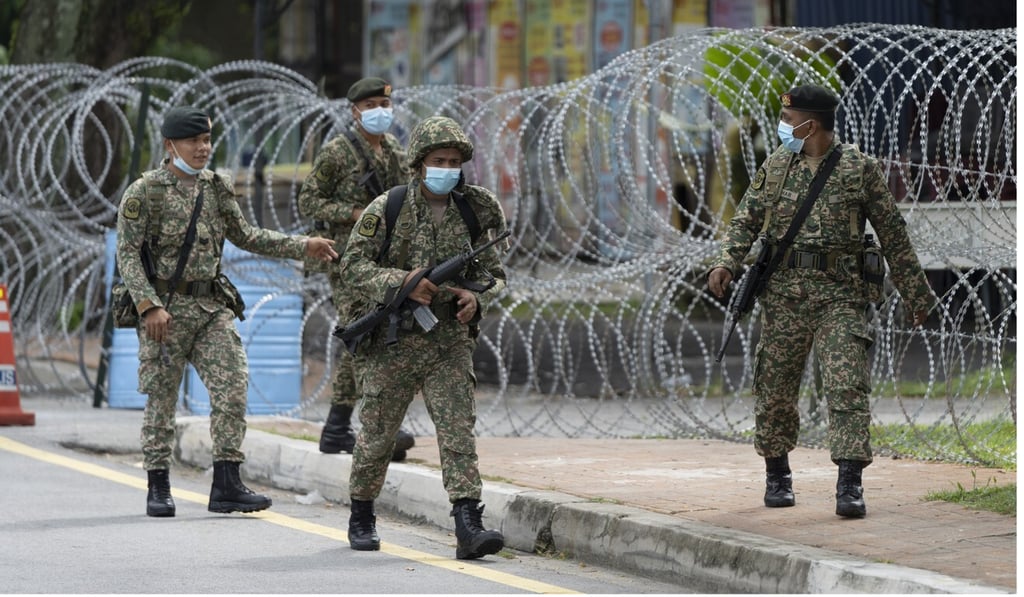Opinion | Until there’s a Covid-19 vaccine, here are three ways governments can make decisions to restart their countries
- We all want to restart our economies and societies as safely and quickly as possible while we wait for a coronavirus vaccine, but how?
- Governments can have predictable time schedules for decisions, use predictable decision criteria, and gradually reopen by sectors not geographies

Twelve months is a long time to be making crucial Covid-19 decisions in a volatile and unpredictable environment. Lockdowns have generally worked, but they are blunt instruments and cannot last till mid-2021.
We all want to restart our economies and societies as safely, quickly and widely as possible. How should governments decide how, how much, how fast and which sectors to restart?

I offer three suggestions. If implemented together, we can create a steady state of predictable decision-making until we deliver a vaccine to all 7.7 billion human beings.
The first suggestion is to be more predictable in the time schedule of decisions. Right now, the general trend is to make reactive decisions to lift lockdowns or restart economies based on ad hoc events, whenever economic or political pressures become overwhelming, or when epidemiological indicators show the smallest sign of recovery.
